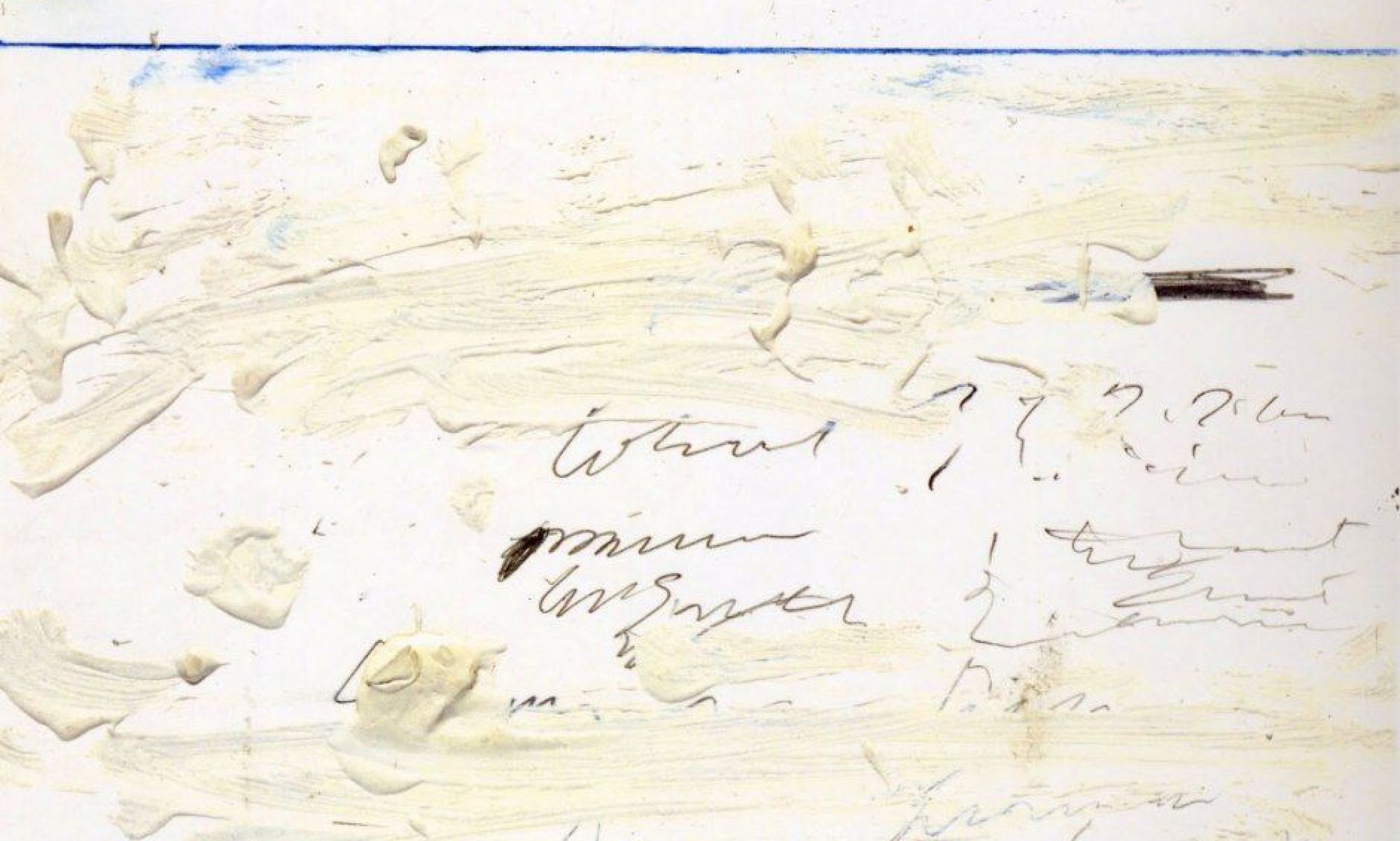What does music mean? Listening at the start, to birdsong, Charles Mingus, and plainchant, brought out a few possibilities.
- Music affects us by metonymy: we attach meanings to it according to where and when we hear it, what it is “next to” in experience. So birdsong sounds peaceful, pastoral, springlike; Mingus communal, sociable; plainchant, pious and serene.
- But it didn’t seem entirely satisfactory to trace all of music’s meanings to its social experience. Are there formal aspects of music (key, relative pitch, etc.) that are powerful metaphors, such that a minor key might mean sadness?
- And yet—it doesn’t feel quite right to say that a minor key is a metaphor for sadness, because it makes you feel sad so immediately, so directly; it would be hard to separate out the meaning, sadness, from feeling it. Maybe it is more a cause of sadness? Or maybe it simply is sadness, expressed outside the body? (Here we are in Schopenhauer’s territory.)
These questions arise from music’s basic identity as a non-representational art: it is much harder for music to be about something in particular, than it is for poetry or, as we will see, for drawing and painting and other visual representations. But poetry and music are so bound up with each other, and often, when we are thinking about poetry and music, we are thinking of that aspect of poetry that strains away from sense—as perhaps the repeated O O O at the end of Tracy K. Smith’s “Wade in the Water” seems to do.
John Hollander offered us a historical view of the distinction between musica mundana (or speulativa) and musica humana: between the pure, abstract, even mathematical beauty of music, the music of the spheres; and the social life of music as it plays in our lives on earth, as it moves our bodies and booms from our car stereos and so on. The distinction corresponds to the idea of music as structure, and music as rhetoric—as abstract form, and as something like persuasive talk, meant to communicate and move us.
The basic idea: how the analogy to music shows poetry pulled in two directions, out of sense, into pure form; and back into the world of matter and meaning among people.
In our discussion of “Wade in the Water,” the refrain “I love you” was full of this question—the ring song lifts up those repeated words until they are almost pure feeling (Sam suggested their coming around was a figure for an accelerating dance); but they had so much history to carry with them (as Aveneque pointed out, recalling how the spiritual was used on the underground railroad). The ending: “O Lord—O Lord—O Lord— / Is this love the trouble you promised?” It was not clear that Smith allowed us to separate the sound from its burden. (And “burden” is another word for “refrain.”)
Keats’ ode ends with a question, too: “Fled is that music:—Do I wake or sleep?” We read the poem for the turbulence of its mood. At moments, Keats (let’s call the speaker “Keats”) seemed able to participate (Aveneque’s word) in the nightingale’s song; at other moments, the song was distant, and made a painful contrast with “The weariness, the fever, and the fret” of the human world. He chases the bird ahead, so that he can follow; he discovers himself ecstatically to be “Already with thee!”; he sinks back into his bower, “To thy high requiem become a sod”—a clod of unresponsive earth. The poem courts music and music escapes it, though we can ask, what music was in the poem all along. (Already?)
